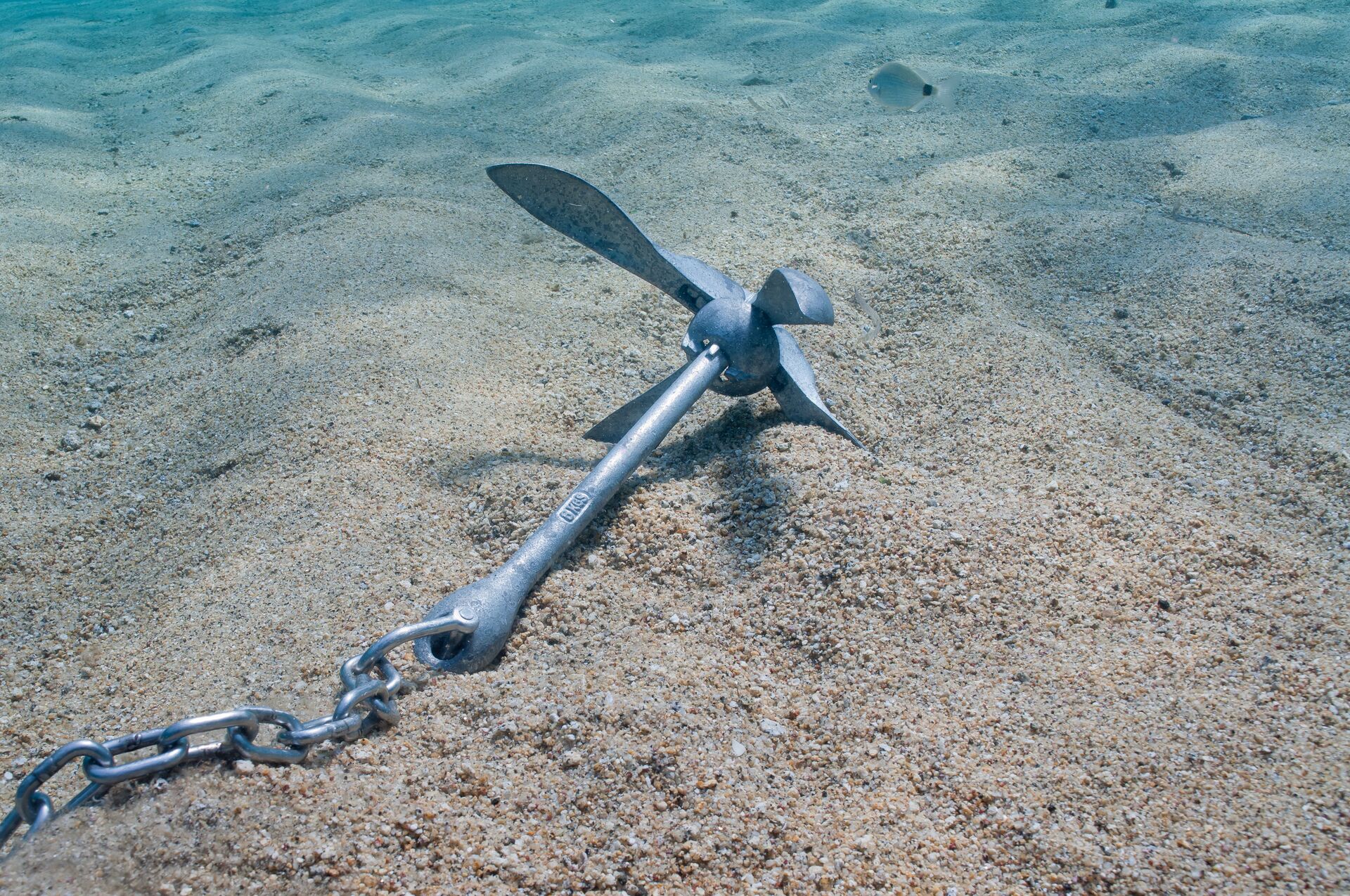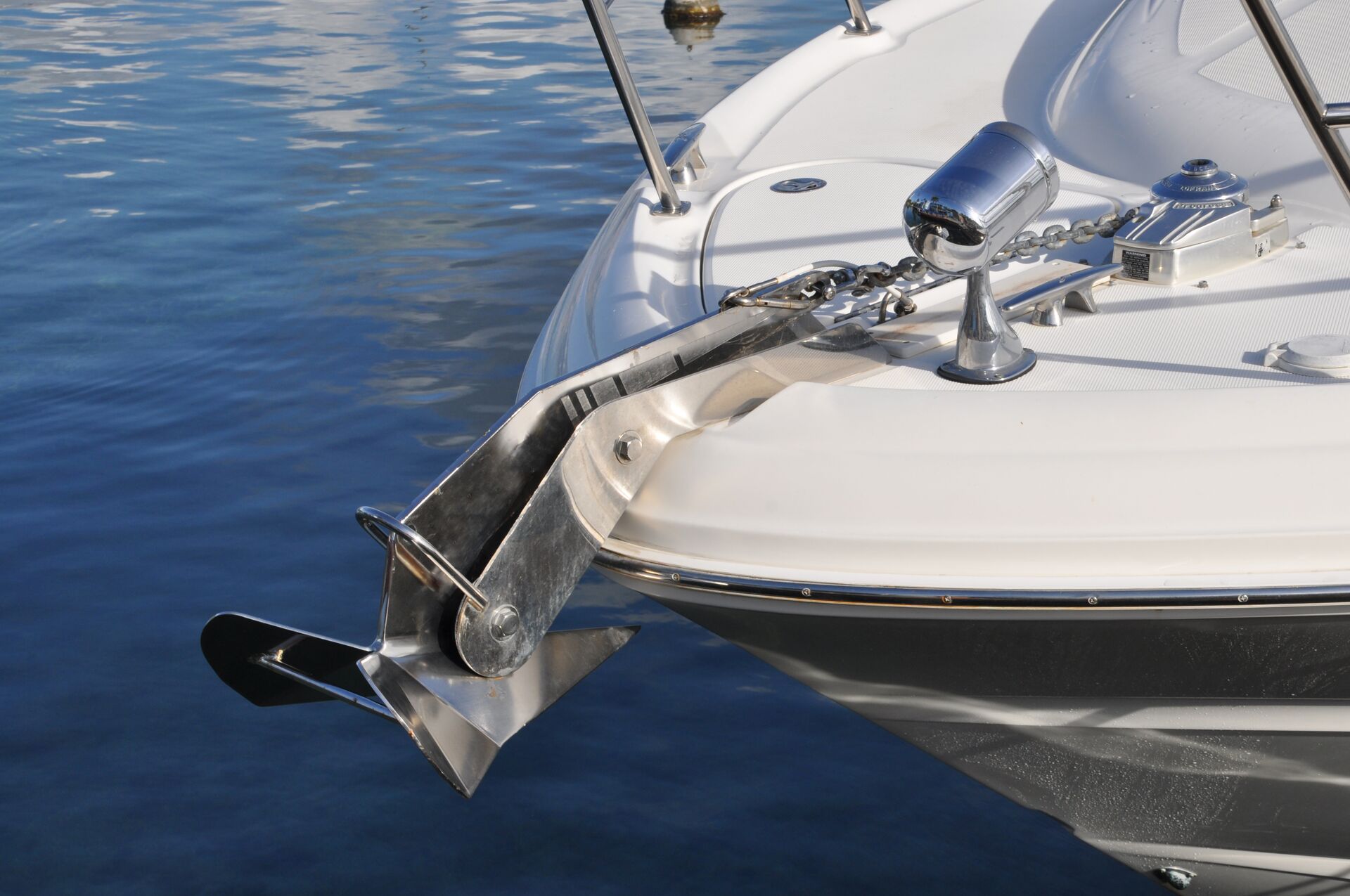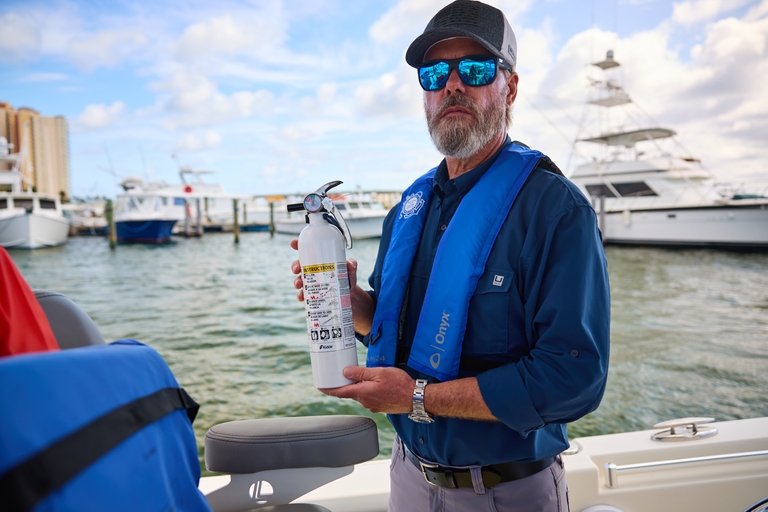What Is an Anchor (and How Does One Work)?

If you're interested in boating but unsure about the specifics or requirements, you're definitely not alone. Simple questions like "What is an anchor?" can have you researching until you're overwhelmed with the types and styles of anchors.
Not only that, but then you have to figure out which anchor to choose, learn how to use it, and remember everything else that comes with owning and operating a boat. Fortunately, getting ready to use your boat safely and have fun on the water isn't nearly as complicated as it might seem.
Here's what you need to know about boat anchors to feel confident that you have the right one and know how to use it.

What is an Anchor (and What's Its Purpose)?
Whether you've operated a boat or not, you've probably seen an anchor. You've probably also seen television shows or movies where a captain throws an anchor over the side of a boat to keep it in place.
The primary purpose of a boat anchor is to secure the boat in place. An anchor stops your boat from drifting with the wind or water currents and holds the boat in a specific location.
For example, anchors work well when fishing, so you can stay in place and let the fish come to you.
When you want to rest and enjoy the water or in areas where it's safe to leave your boat and swim, an anchor gives you security that your boat will stay where you stopped it.
How Anchors Work
An anchor is a simple mechanism. It works by digging into the seabed's mud, sand, rock, or gravel and holding fast.
Many people think that the weight of the anchor is what keeps the boat in place, but this is a misconception. The blades or flukes on the anchor dig into the seabed and create resistance to hold the vessel in one location.

Types of Anchors
When boating, you'll see several types of anchors. If you buy, rent, or borrow a boat with an anchor, the chances are high that it's the right type for that vessel.
However, if you don't already have an anchor for your boat or want to get a different kind, knowing which one will work best for your needs is essential.
Here's a quick overview of three types of anchors.
Fluke Anchor (Danforth)
The fluke anchor is best for soft seabeds like mud and sand. It's a lightweight option that's easy to handle and store, so it's a very convenient choice.
Plow Anchor
The plow anchor is more versatile than the fluke anchor and works with various seabed conditions. You can even use it with grassy and rocky seabeds, and it's an excellent choice for larger vessels.
Claw Anchor
If you're using your boat in waters that have rocky, grassy, or rugged seabeds, a claw anchor is a great choice. It provides a solid grip even when your boat changes direction, so you won't worry about a dislodged anchor sending you off with the current.
The Importance of the Anchor Line or Chain (Rode)
The anchor isn't the only essential item when securing your boat to the seabed. You also need the anchor rode, which is the rope or chain that connects the anchor to the ship.
To set your anchor more effectively, you want a longer ride, which should be five to seven times the depth of the water you're in. This allows for a horizontal pull and can set the anchor more solidly.

Setting the Anchor
Before hitting the water, if you're unfamiliar with how a boat and its anchor system operate, you want to learn as much as possible before getting out on the water. You don't want to get caught not knowing how to use it when needing the anchor while away from shore.
To set your boat's anchor, slowly lower it to the bottom while allowing your boat to drift backward. That helps the flukes catch the seabed.
To allow for a firm hold, ensure you have a sufficient scope: the ratio of rode length to water depth. Not having enough rode can keep the anchor from fully settling, resulting in a weaker hold.
When the anchor doesn't set, you risk drifting away from where you want to be.
Do Different Conditions Affect Holding?
Many things can affect how well an anchor holds, including wind, tides, and currents. Additionally, you need to know the main composition of the seabed to choose the best anchor for your boat's stability.
If you take your boat to various waterways, you may want to carry more than one type of anchor.
Retrieving the Anchor
Retrieving an anchor isn't complicated when you have the correct technique.
Slowly move your boat toward the anchor while you pull in the rode. Once you're over the anchor's position, a vertical pull will break its grip on the seabed and bring it up from the bottom.

Anchor Maintenance and Safety
Taking good care of your anchors and the other parts of your boat is extremely important.
As a good boating safety practice, you should regularly inspect anchors and rode for wear and tear and replace any damaged components. Also, make sure you use the proper anchor size for your boat's length and weight.
Choosing the Right Anchor for Your Boating Needs
To choose the right anchor size, consider your boat size, the seabed type, and local water conditions.
Again, you might also need to carry multiple anchors to prepare for a variety of situations, depending on where you boat.

Increase Your Knowledge With a Boater Education Course
Anchoring a boat is an important skill to master, and it starts with understanding different types of anchors and how they function. We hope this guide helps!
Along with asking yourself, "What is an anchor?" you may have other questions about boating safety, navigation, and more. The best way to get your questions answered is to take a boat education course — like the ones we offer here at Boat-Ed. Our online courses help you stay safe on the water and give you the confidence to enjoy your boating adventures.
Plus, after completing the course and passing the exam, you've met your state's requirements for boater education. You can grab your boater education card, then hit the water safely and legally!
Ready to learn? Choose the course for your state or take the Boat-Ed course for Canadian boaters, and get started with our free study guides.






